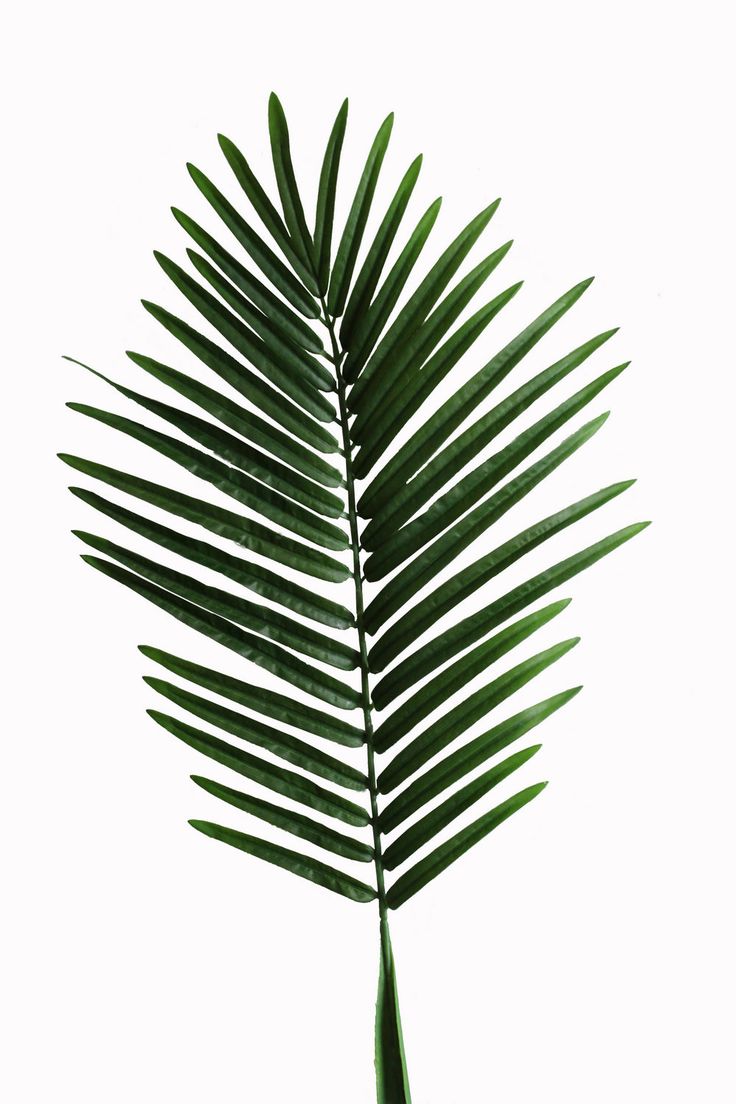
TYN
Plast Canada
Not an Online Summer Camp
Reformatting the scouting experience for a pandemic
When Plast Canada Ukrainian Youth Scouting's summer camps were abruptly and understandably cancelled in May of 2020, kids (and already burnt-out parents) suddenly found themselves with a lot of time to spare. As a lifetime member and volunteer of Plast Canada, I was brought on in a professional (design/development/consulting) capacity to assist a small but very dedicated team in end-to-end delivery of a then-undefined "summer experience" for our scouts all across Canada (and a few elsewhere, too!)
This project was an excellent exercise in feature prioritization, ruthless simplification of a product concept, and asynchronous teamwork to ship a MVP (minimum viable product) that had folks learning and having fun as much as lockdowns would permit!
Project Highlights
Getting Crafty with Constraints
With constraints that included time (6 weeks to deploy, limited availability of team members, and distributed time zones of users and the team), limited personnel, and generalized pandemic-driven uncertainty complicating all of the above, we needed to keep scope manageable, achievable, and as-stable-as-possible-out-of-the-box. There were lots of things we would’ve loved to do, but with a 6-week turn around time, it was imperative to focus our energy on the right things to ensure could ship something decent - and it turned out to be pretty great!
The Plast Canada executive had come up with some great programming ideas, but many of them were a bit complicated to implement in an online context. Donning our ultralight Cuben fibre thinking caps, we were extremely selective in what features we included in our MVP. By establishing objectives for the program content and content-delivery methods, we were able to stay true to our bearings (scout puns over, maybe..)
Some of these objectives were:
- Make the programming flexible enough for families to work into their schedules, and not penalize/exclude anyone for not being able to attend “live” events
- Make the activities achievable and accessible given varied access to materials/equipment/resources and varied lockdown circumstances
- Make the web platform easy to access and navigate by almost anyone
- Make activity verification simple, reliable, and adaptable, and the returned data easy to parse (a.k.a. return a sortable spreadsheet)
- Make the programming content editable and manageable by folks in real-time
- Keep the majority of programming in Ukrainian (as per our organization’s mandate), but offer FAQ and resources in English, and accept submissions in both languages

Exhibit 1: Some rough ideas submitted for consideration by the committee: this "rubrik/bingo" pattern emerged in many of their submissions, so we decided to riff on it.
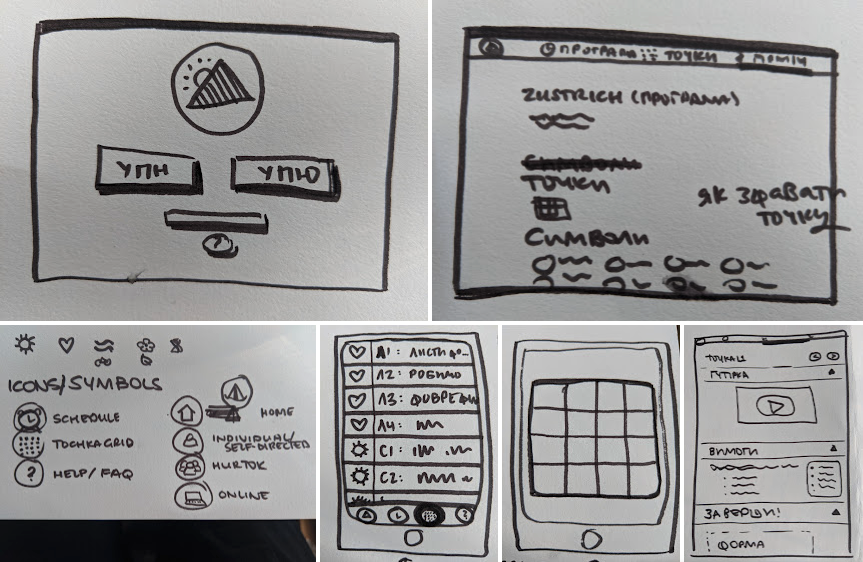
Exhibit 2: Sketches various page concepts referenced in the final designs, including ideas for iconography, mobile layouts, and landing pages.
Roll Call: who are the actual users?
One big, important insight that informed a lot of the above was establishing *who* would actually be using the platform. In non-pandemic times, our programming is led by counsellors (typically 18-30) for youth 6-18 away at summer camps and on backcountry trips: obviously not the case during a pandemic. A few simple interviews revealed that anyone from the kids themselves, to any type of caregiver (parent, babysitter, grandparent, etc.) could be accessing the content. Keeping it simple and the website public removed many barriers related to logins, etc. (To incentivize caregivers of all stripes to lead the activities, we included them in the program too, with opportunities to earn badges and t-shirts alongside their scouts!)
We knew what we *didn’t* want: and that was for this experience to feel like online school, so we opted out of using classroom tech and strict submission criteria in place of something a little more lighthearted and fun. We wanted folks to get creative on themes that we felt were core to the experience of scouts, offer some loose suggestions on how to accomplish them, and let them explore and create on their own terms. Big or small, the only criteria that mattered for success was giving a few things a shot and having fun!
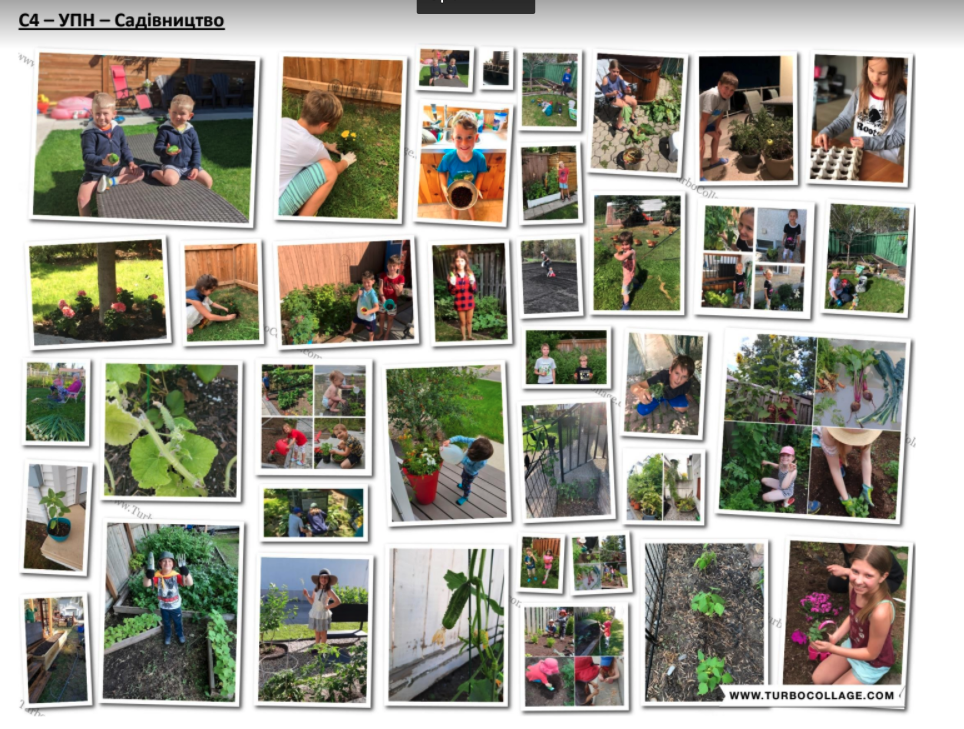
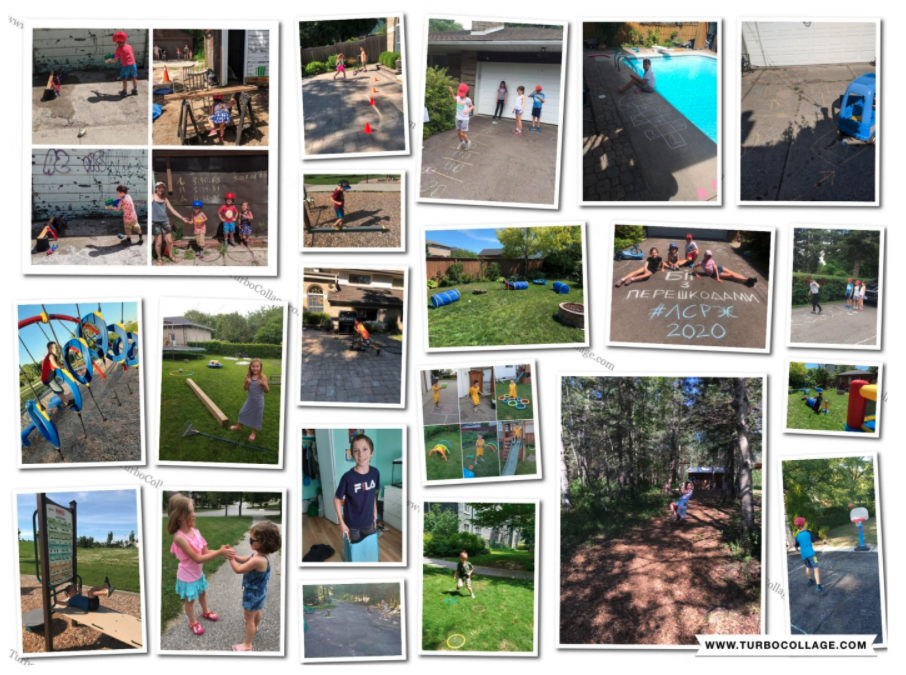
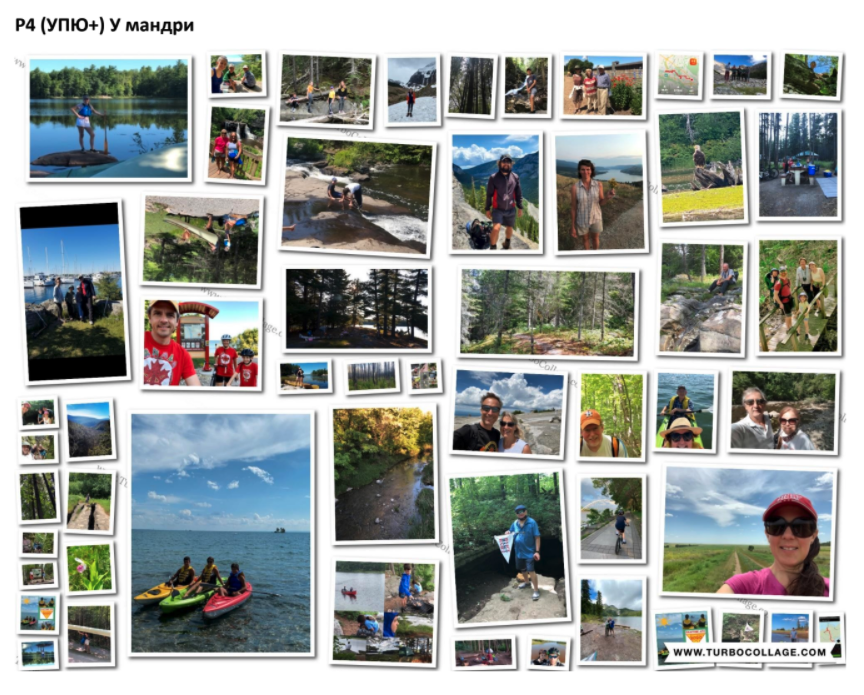
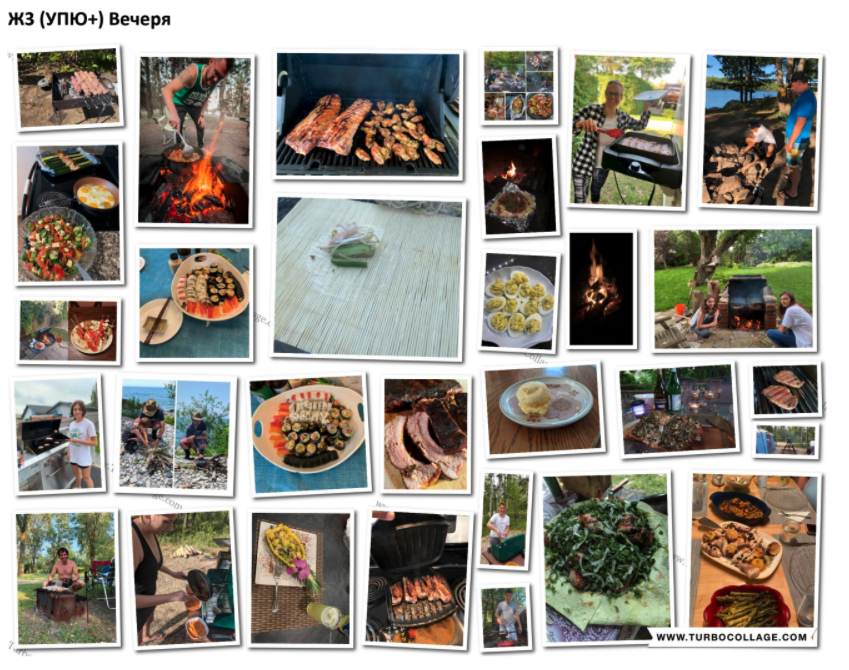
Exhibit 3: A sampling of some of the gardens, obstacle courses, adventures, and dinners completed over the summer!
More on how we did with less
Like the ultralight Dyneema tents we all covet, we needed to simplify our information architecture and communicate it to our content team ASAP. We made sure to establish media and information requirements for content early on in the design process, to ensure that both content and platform teams could mobilize quickly and work concurrently to get things built and input. To host the content, we chose to go with Prismic, a headless CMS the team felt comfortable using, and build out a simple Gatsby (React) front-end hosted on Netlify with automatic rebuilds triggered by any Prismic or GitHub changes.
Additional considerations we made:
- We did not have time to develop any custom login or UI, so we opted to use Google forms as a reasonably flexible and reliable solution for collecting activity participation/verification info. We opted to combine Forms with our own custom UI rather than use Google Classroom as we really didn’t want things to feel like homework.
- One key component that we couldn’t quite solve for was the interaction/conversation and camraderie of being together: while we toyed with the idea of having an online chat space (e.g. Slack) we didn’t want to encourage more screen time, nor did we have people available to moderate and troubleshoot. Instead we created a weeklong “online jamboree” of loosely concurrent YouTube Live singalongs and events where attendees could chat for the time of the event.
- Since we couldn’t find enough people to lead live webinars, so we got some of our favourite senior leaders to create entertaining and informative YouTube videos and posted them as “drops” to generate buzz and excitement.
- Because we didn’t have a way to track progress online, we created a printable “bingo card” that families could hang at home to visually track progress. This was inspired by the “sticker tracking” boards we used at summer camp and was a nice tangible touch to the project, though in retrospect, online sharable progress tracking would have been ideal.
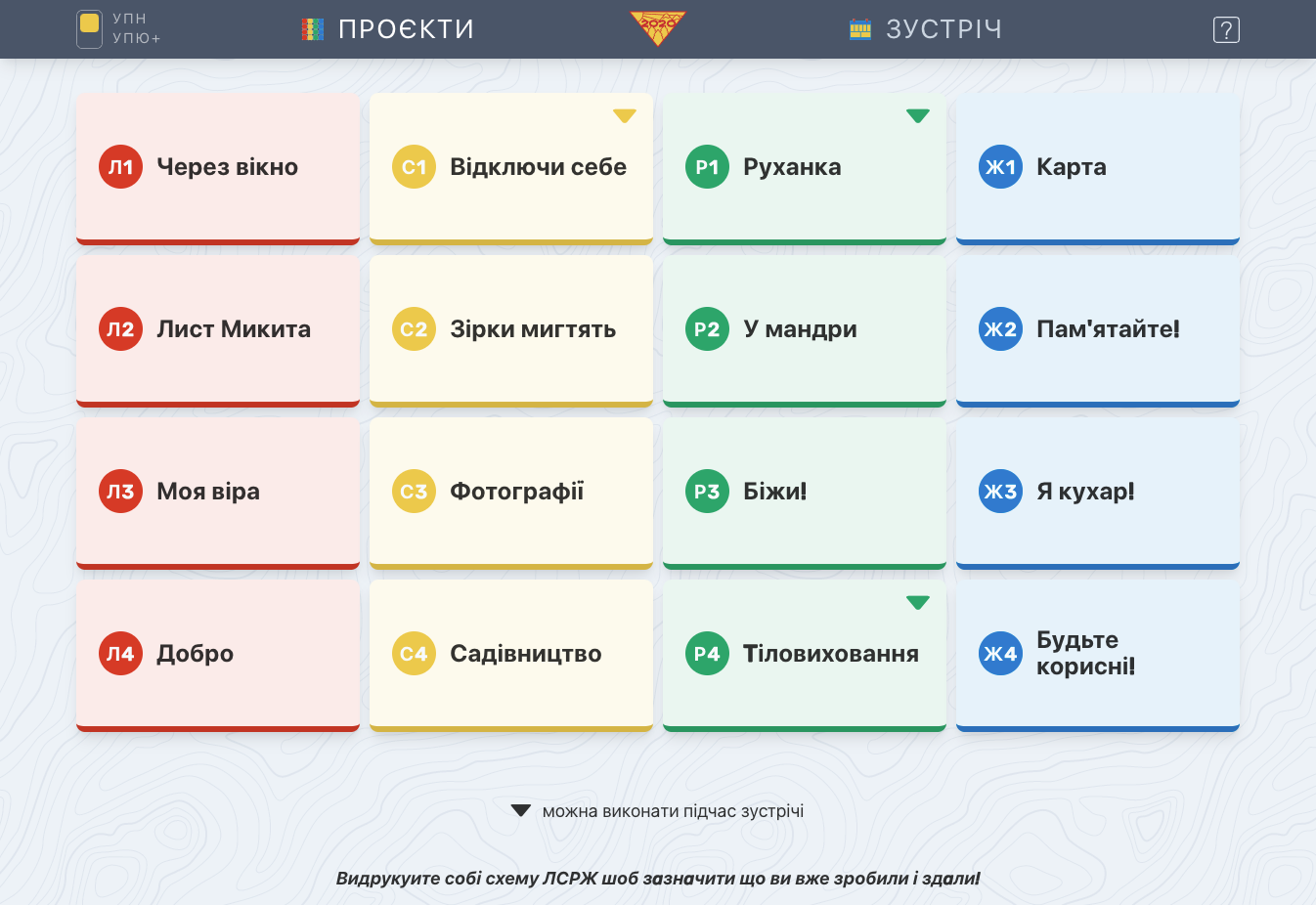
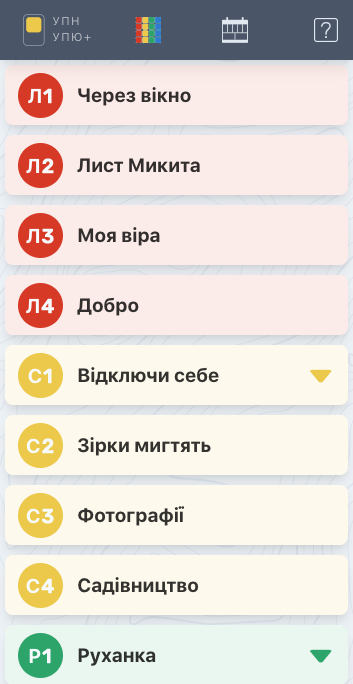
Exhibit 4: The desktop "rubrik" and mobile version of the site
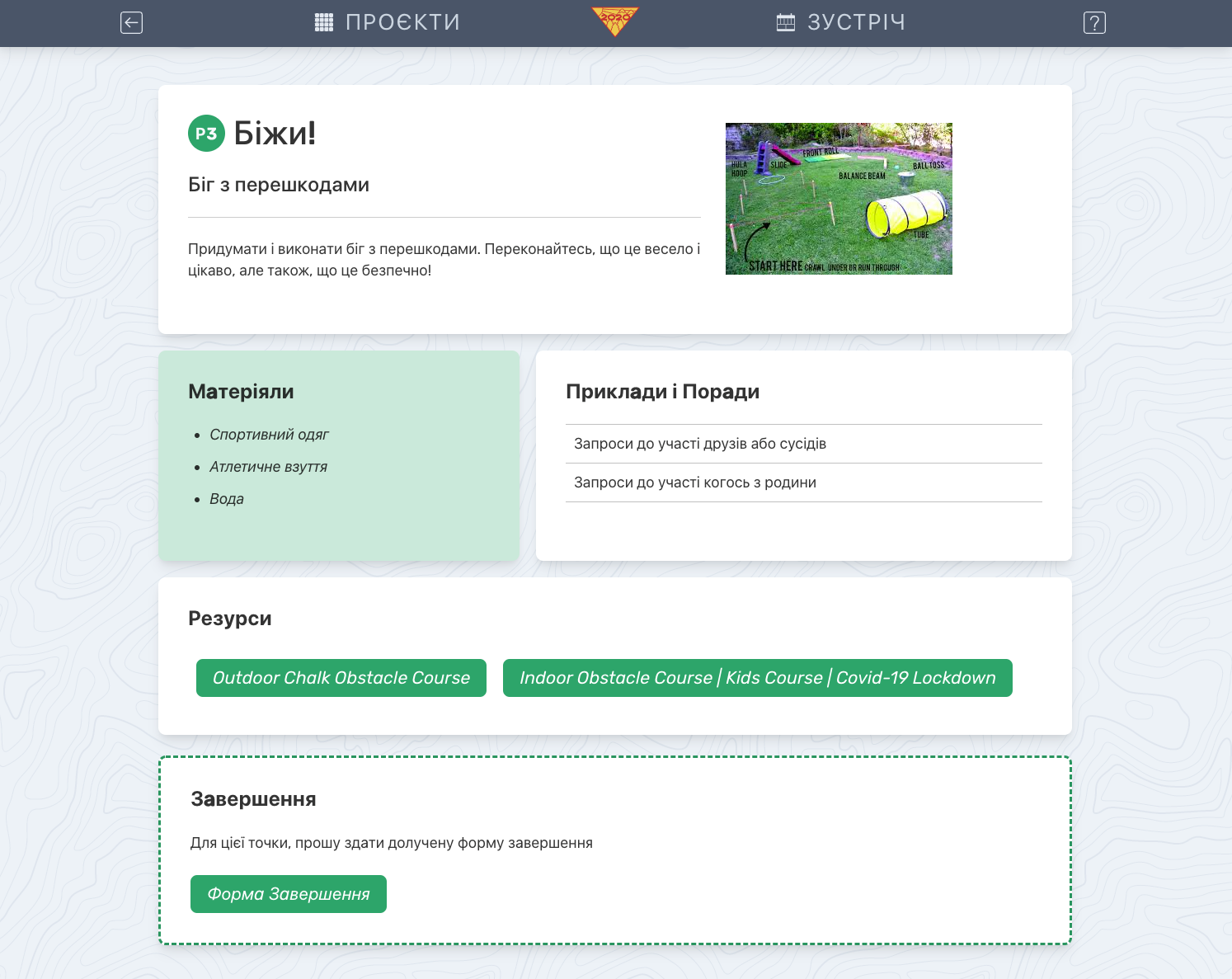
Exhibit 5: A sample activity page, with a simple layout including a description, materials, implementation ideas, additional resources/inspo, and finally a link to the activity-specific submission form.
Reflection
I'm quite proud of what we were able to achieve in such a short period of time, and received so many wonderful pieces of feedback from Plast members of all ages, who were grateful that they were able to participate together and in accordance with available resources and variable restrictions across the country.
In retrospect, I think it might’ve been worth the effort to set up a proper user-login/tracking system with social features, but designing and testing a model that could work for parents, kids, and users of all technological capabilities was something we simply did not have time to contemplate, test, or support. This is something that I’d definitely include in a future version of this program (this year, we were lucky enough to be able to host real, albeit shortened, camps again!)
I maintain that the best education and leadership development I've received has been through belonging to and giving back to the scouting community. In addition to participating in paid work like the above, volunteering with Plast has been a tremendous exercise in personal growth, empathy, creativity, and stepping up to the plate. For more on how scouts has prepared me to lead and design (including optimizing field kitchens built from sticks, rope, and tarps), reach out for a chat!
..go to previous case (Big Picture Trading)!..or go home!